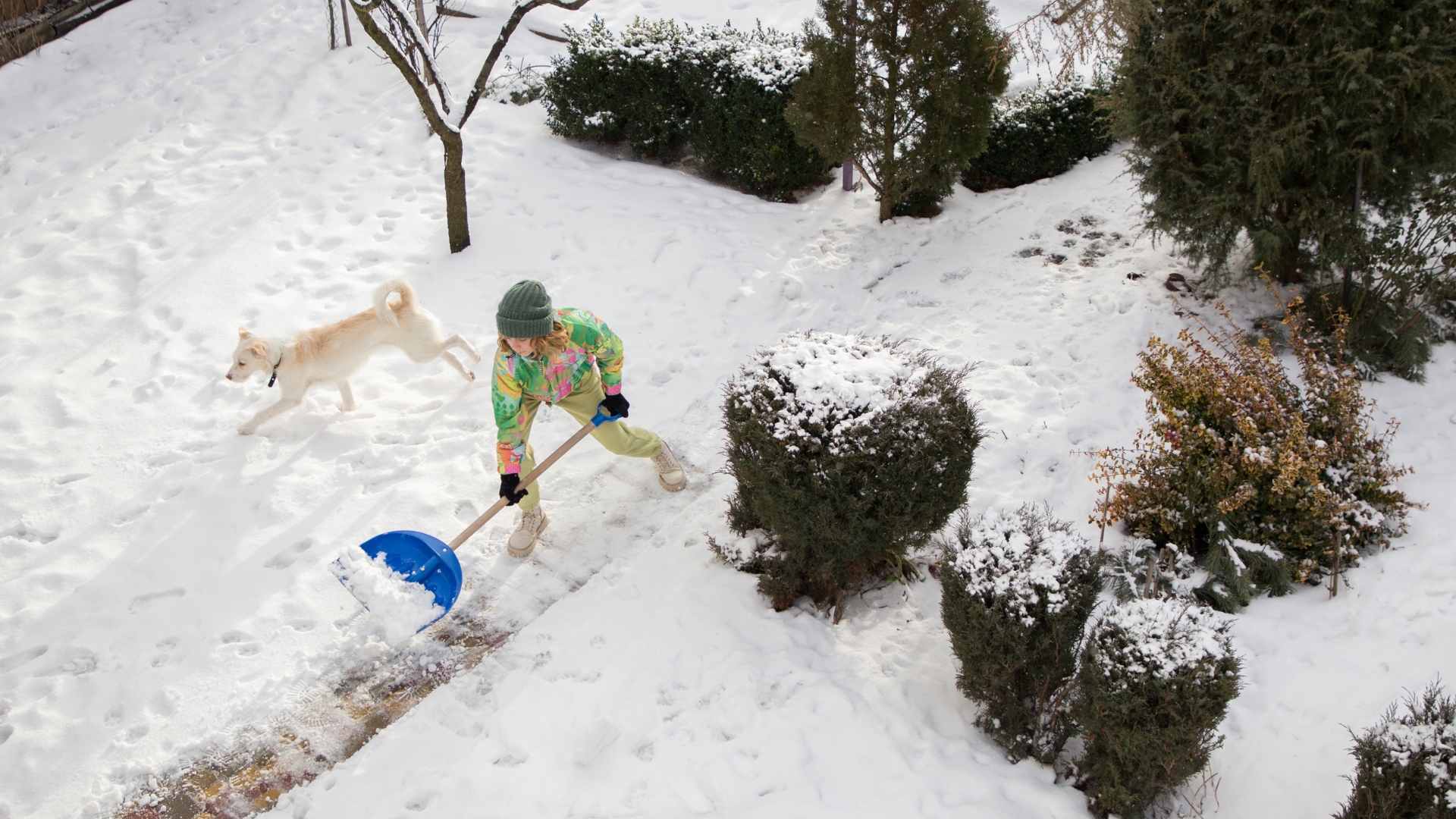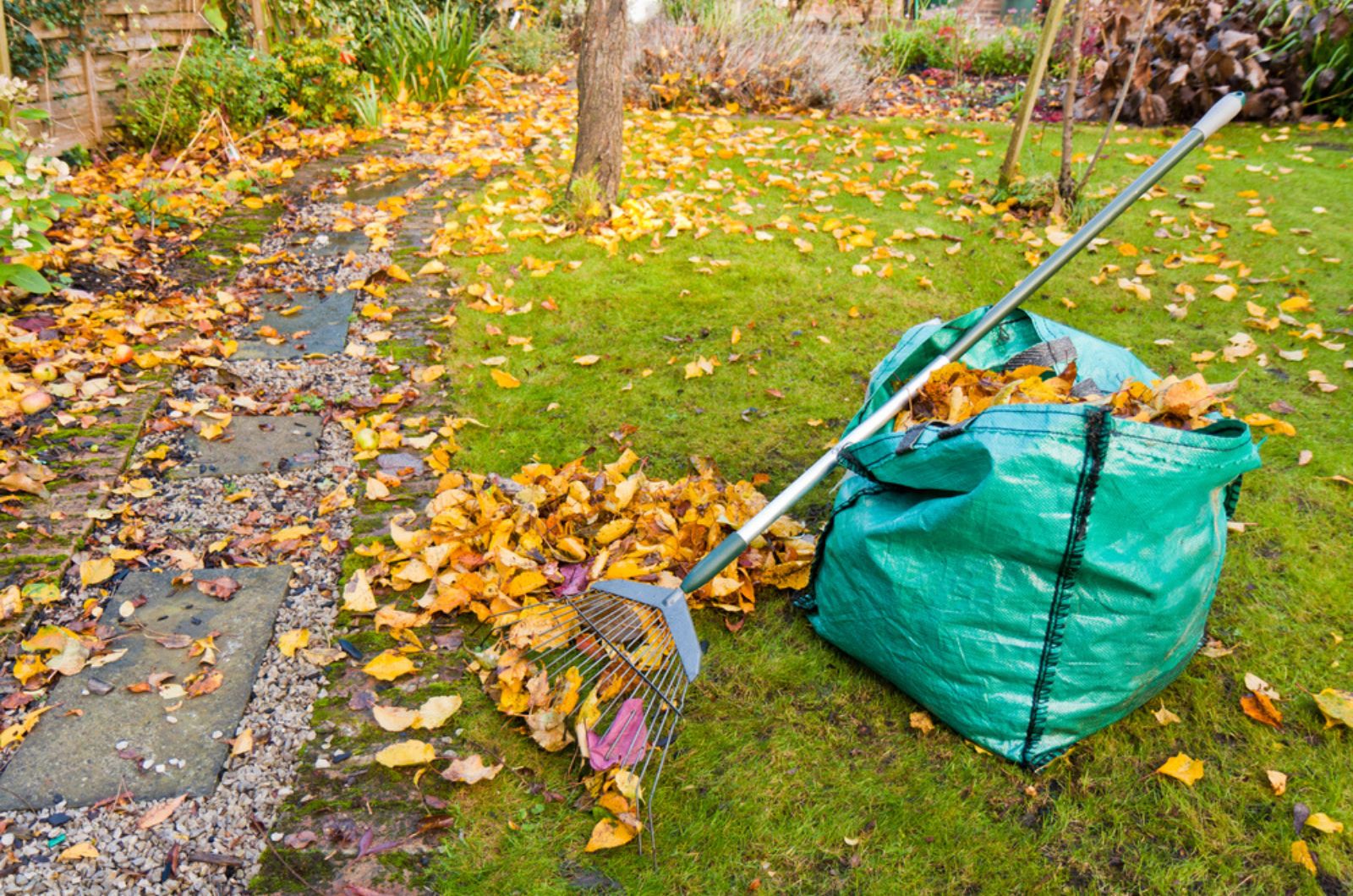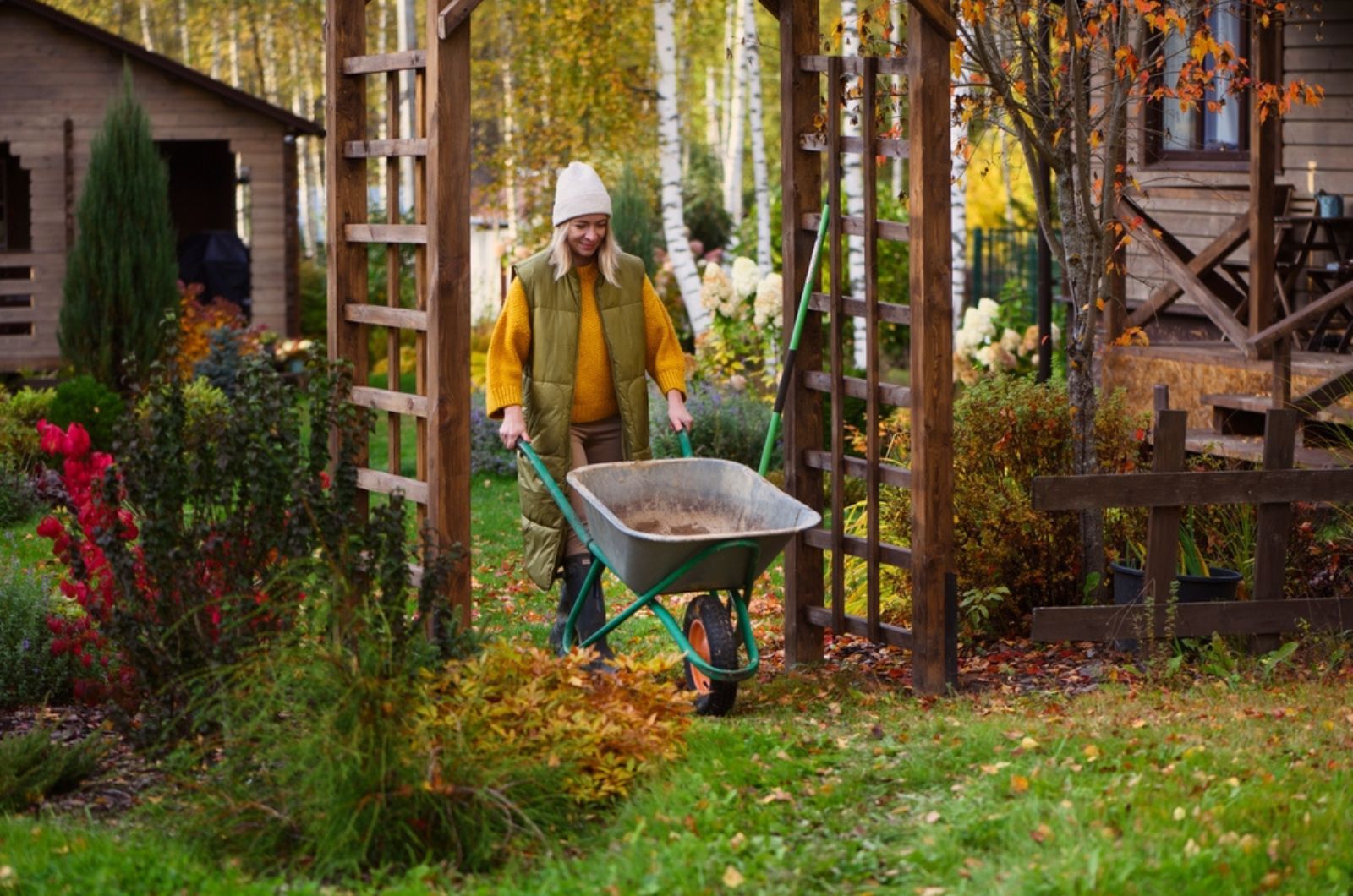Harsh winters are truly a nightmare to any gardener – they can create havoc in your garden and damage the plants!
As soon as the weather gets warmer, restoring the yard should be your top priority. And for the next season, you should try and storm-proof your yard to avoid all these troubles and protect your green companions.
In this article, we are going to share top tips for how to repair and storm-proof your garden.
Let’s get started!
Follow These Tips To Repair Your Yard
Strong winds, heavy snowfall, and cold temperatures can negatively affect your garden and everything in it.
You might want to start by removing the fallen leaves first, but they are actually a good insulator and will prevent the soil from freezing in low temperatures. Therefore, you should wait until spring to clean up the fallen leaves.
Don’t do anything to your lawn in this period because it is probably over-saturated from rainfall. Walking on a waterlogged lawn can compress the soil, preventing air circulation and potentially stunting spring growth.
It may also damage soil and grass, attracting numerous fungal lawn diseases, so you should avoid mowing during heavy rain to protect your lawn’s health.
But there’s something that you should do right after stormy weather – remove the weeds. Since the soil in your garden is a bit softer after a storm, it will be easier to remove the weeds and their roots completely.
Instead of using chemicals that could ruin your soil’s biodiversity, try picking out weeds with your hands right after the storm. It might get messy, but it’s totally worth it!
This might be useful: 15 Pesky Weeds That Can Wreak Havoc On Your Lawn During Winter
This Is How To Storm-Proof Your Garden
Luckily, there are some preventative measures you can take to reduce damage after storms.
First thing you should do is secure outdoor structures to prevent them from being swept away in high winds. Utilize tools like a ground anchor kit from Amazon for effective stability. There will no longer be flying bins, trampolines, and other loose objects!
You should provide special protection for your green companions – move them indoors to a greenhouse. This way, your plants won’t be harmed by strong winds or cold temperatures.
For plants that can’t be moved or covered easily, it’s best to prepare them for harsh winter weather. Prune them at the right time so that there are no branches that could snap off in the wind.
Opt for plants as protective structures, such as replacing fences with hedges. Hedges are better than walls or fences because they help calm the wind, making the air circulate better and creating a sheltered microclimate.
This might be useful: 7 Garden Items You Should Never Keep Outside Over Winter



